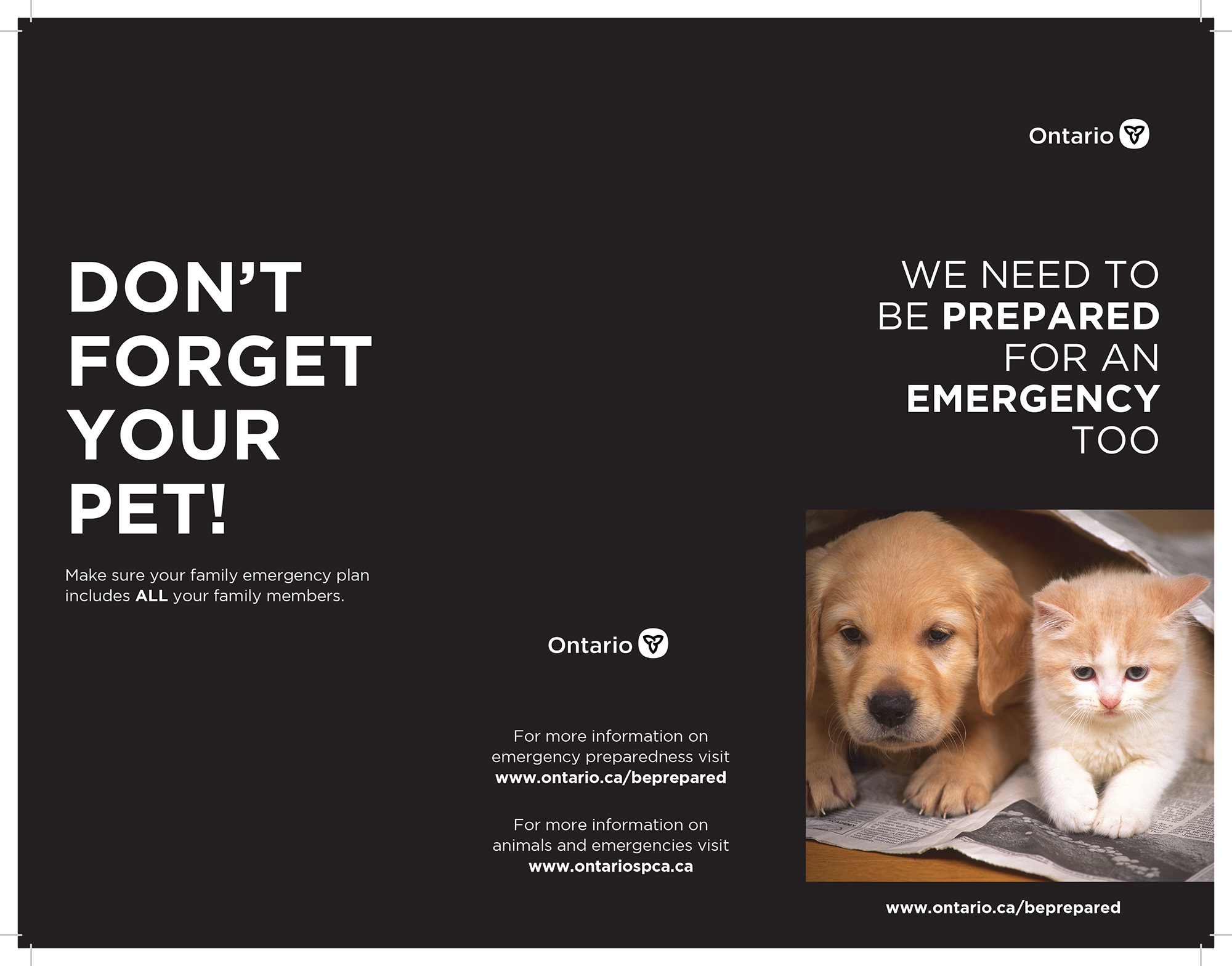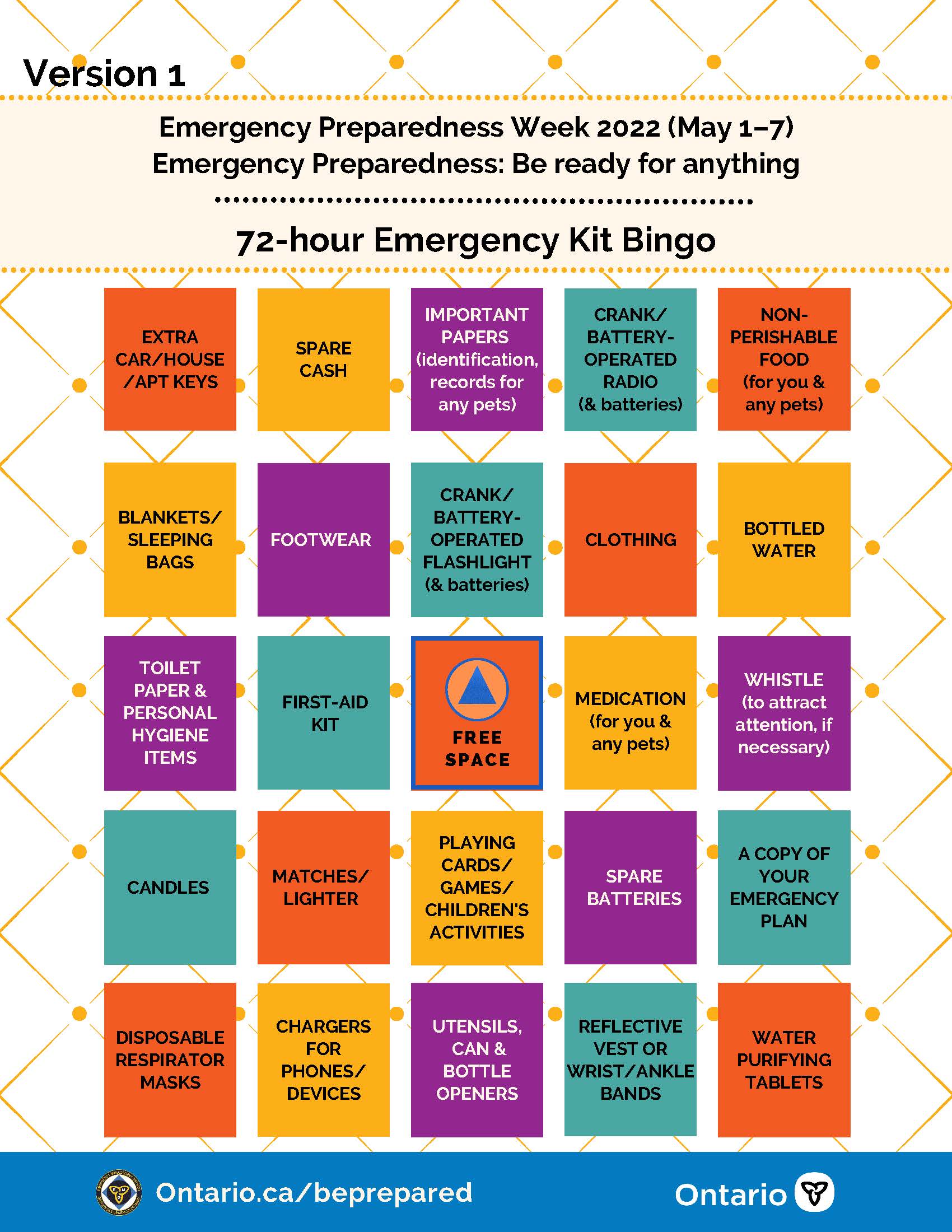Emergencies can happen quickly and without warning. Help your family stay safe during an emergency by developing an emergency plan. View our fire and life safety education tips, or visit the Region of Durham for tips to help you prepare for an emergency.
Make an emergency plan
Creating an emergency plan can help you and your family stay safe during an emergency.
Emergency Preparedness Overview |
|
|
Communication plan |
|
You and your family may not be together when an emergency happens. Discuss with your family how you plan to get in touch with each other during an emergency. You can also identify one or two contacts that live out of town who you can call or text to provide information. Make sure they live far enough away that they won't be impacted by the emergency.
|
Evacuation plan |
|
During some emergencies, such as a fire, you may need to evacuate your home. Develop an evacuation plan to help you stay safe. Follow these tips to develop an evacuation plan:
|
Emergency Planning for Pets |
Build an emergency survival kit
An emergency survival kit should have everything you and your family need to be safe for at least three days following an emergency. Review the tips below and build an emergency kit today. View the Home Fire Safety Self-Inspection Checklist for ways to prepare your home for the heating season.
What to include in the kit |
|
Your survival kit should include the following essential items:
Depending on your situation, you may need to pack additional items for young children or pets. Supplies for evacuationSome emergencies may lead to an evacuation. Here are some items to pack in case of an evacuation:
|
Storage and maintenance |
|
Follow these storage and maintenance tips:
|
Family Emergency Kit Activity |
|
|
Our emergency preparedness plan
The Township of Uxbridge Emergency Preparedness Plan details how we will respond to an emergency.
Contact Us









